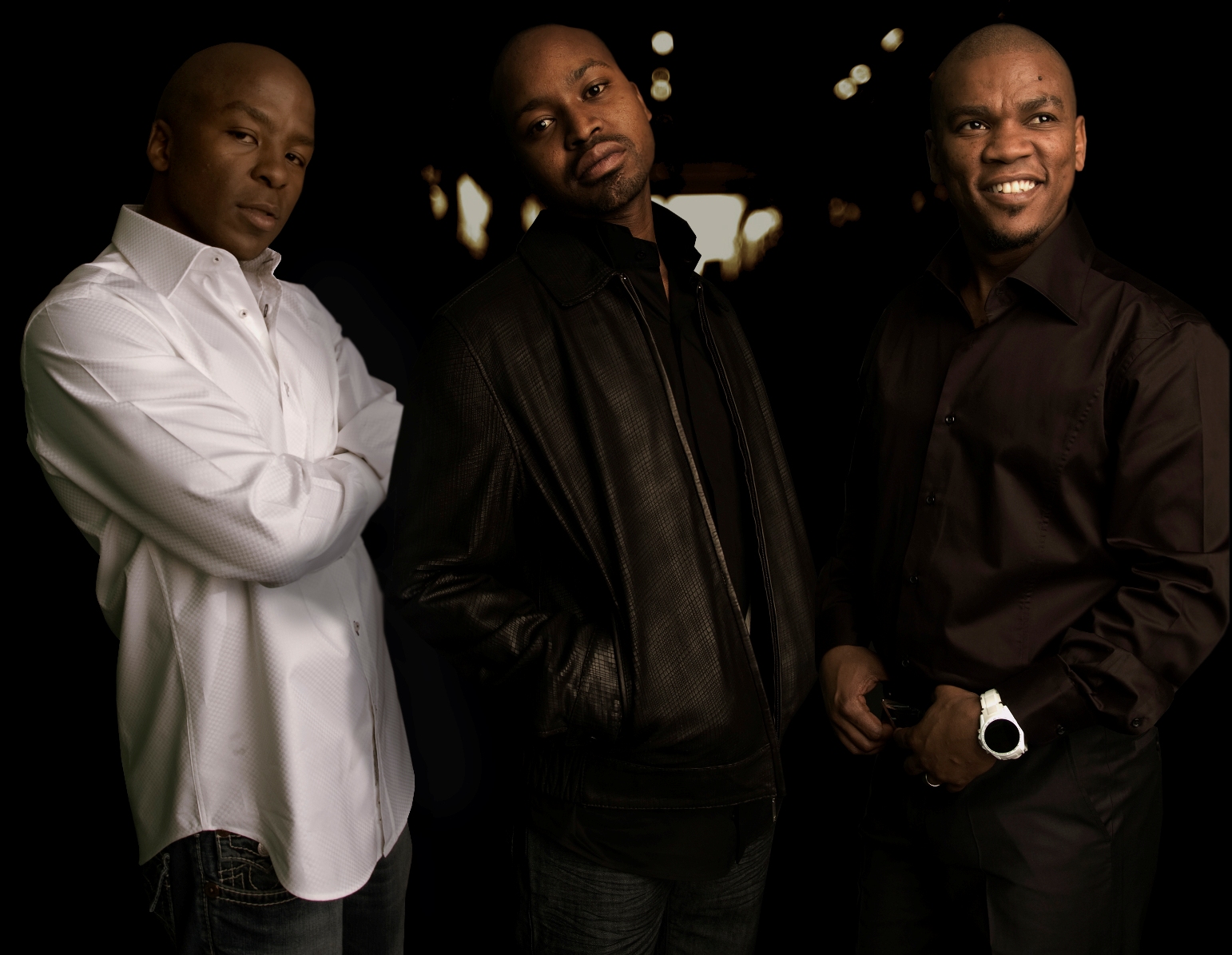Shap Fede? (phrase)
/Shup-fe-de/
A colloquial greeting translating to “Hi, How Are You?” associated with Pantsula culture and originating from South African townships.
South Africa, formerly known as Azania, has been in the frontline of an existential crisis citing a long-standing battle with colonialism.
The timeline of the Apartheid regime spans over 40-years of bloodshed and African identity-cleansing, leaving behind a legacy of pain amidst the continued fight for political, social, and economic liberation.
So it is no surprise that more often than not, South Africans who subscribe to prevalent rich oral tradition preserved over generations still argue that they are South Africans by diplomatic decree, but Azanians according to their ancestry.
The mass relocation of non-white South Africans to townships (as dictated by the Separate Development Act during Apartheid), where the majority of the population was excluded from participating in basic civic endeavours and lived in tragically destitute conditions, silenced millions of voices. But as history would testify, when the oppressed reach breaking point there no stone is left unturned until the message is received.
Inspired by the likes of DMX, Tupac, and the well-choreographed music videos of the American early 90s music era that often portrayed blackness with a sense of pride, in the streets of some of the most populated South African hoods, communities began to draw strength from who they were before the system told them who to be.
They twisted the metronomes of time to beat to their African Percussions and carved out a unique blend of slowed-down rap tempos and fragmented vocal delivery: the identity-reclaiming culture of KWAITO music was born.
BOOM SHAKA – “IT’S ABOUT TIME” (1993)
The coarse sonic textures of Kwaito production – opposing the highly refined, sheen production style of popular music in the world at this time – viscerally and authentically reflected realities faced by the generation of pioneering groups like Tkzee, Boom Shaka, Trompies, and household names like M’du, Mandoza, Brown Dash, Mzambia, Msawawa, and Mshoza.
The sheer dominance of Kwaito music was at first a surprise to both its creators and the music industry, cementing the idea that representation for the masses was both necessary and potentially profitable.
In all its glory, Kwaito was also polarizing. In the 2000s when American hip-hop culture was sweeping the world, South Africa was no exception to its subversive allure and overall influence. Snoop Doggy Dogg, Nas, Eminem, Missy Elliot, Nelly, Ja Rule, 50 Cent and others flooded the radio and public television stations.
Rap cyphers emerged in every street corner around Johannesburg and Cape Town, and local rap collective Skwatta Kamp made the bourgeoning underground scene believe that there could be a commercial market for rap in South Africa.
This quickly ignited discourse on whether credibility as a rapper rested in the traditional sonic and structural foundations that America had established, or if was the parables of vernacular sensibilities that became Kwaito, long before the emergence of sub-genres like Kasi Rap catapulted the late Linda “Pro Kid/PRO” Mkhize into cult status. This “real rap” debate polarized the South African music community, and even politics at times, for upwards of three decades.
TKZEE – “DLALA MAPANSTULA” (1998)
In the 2010s, South African hip hop began to emerge as the voice of the youth, resulting in the commercial rise of the genre. While the “real hip hop” debate continued, in the periphery a new school of artists who were connected to their Kwaito roots through their parents but also embraced the progressive sounds of worldly music began cultivating experimental hybrid sounds.
While the spectrum of rap-Kwaito hybrid has often been bombarded with accusations from hip hop traditionalists of “selling out, its many sonic iterations over the years have also found resonance with South Africans.
Various eras of reinvention lead by artists including OkMalumkoolkat, K.O, Kwesta, Khuli Chana, Stino Le Thweeny, Priddy Ugly, Cassper Nyovest, AKA, Spoek Mathambo, DJ Maphorisa, Reason/Sizwe Alakine and most recently Focalistic, Maglera Doe Boy, 25K, and Blxckie, have successfully made rap more accessible to the average South African music listener.
The incorporation of indigenous languages to form new sounds (New Age Kwaito, Afro-Hop, Alternative Rap, Skhanda, Amapiano*), identifiably different from both rap and Kwaito, has created a multi-verse of expression where music is not bound by genre-specific parameters.
PRIDDY UGLY – “SMOGOLO” (2017)
Music develops as the circumstances that influence its creators develop. In South Africa’s case, the fluidity of rap music in 2022 seems to be less a statement about the disintegration of hip hop losing its essence, but instead a reflection of a nation that is reclaiming itself at the same time as it is learning about the world.
If you ask me, this chapter of South African rap opens the doors for a melting pot of limitless musical expression that is resonating with not only the nation, but also the rest of the world; just take a look at Amapiano. This, to me, is self-actualization at its finest.
TSELE & KWESTA – “STINTO LE THWENNY” (2021)
Words by Malibongwe Sicelo Cedric Dladla // Follow him on Instagram







